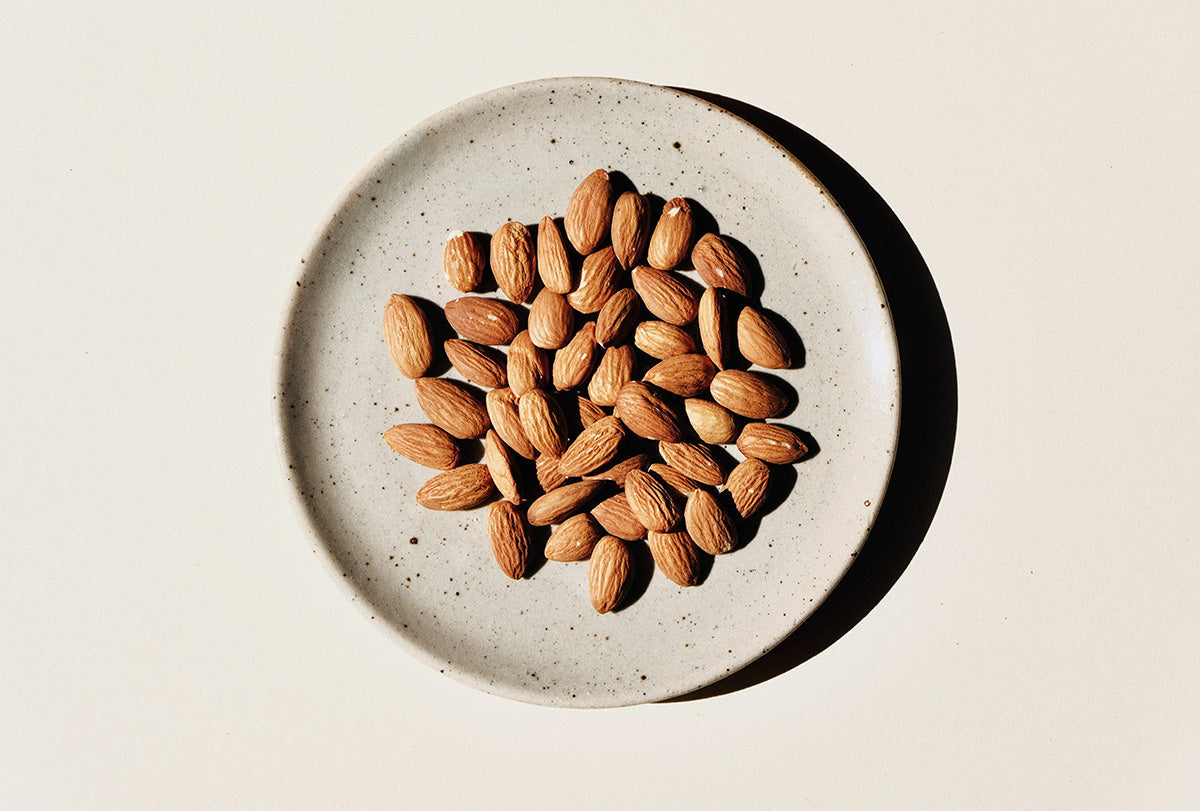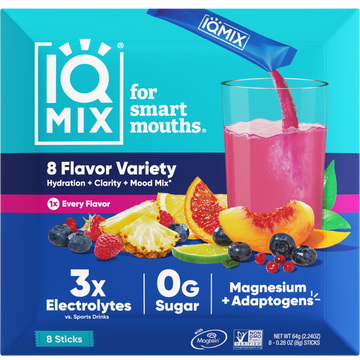In recent years, the negative impact of human activities on the planet has become increasingly evident. Climate change, deforestation, and loss of biodiversity are just a few consequences of our current ways of living and producing food.
As an individual, you might feel like your actions won't make a difference in the grand scheme of things. But that's simply not true! Every small step counts, and one of the easiest ways to make an impact is by eating a more sustainable diet.
So, what are sustainable foods? We'll get to that shortly, but first, let's have a quick lesson on sustainability and how it relates to food. After all, knowledge is power, and we need all the power we can get to save the planet!
What Is Sustainability?
In the context of the environment, sustainability is the ability to meet present-day needs without compromising the needs of future generations. This includes preserving natural resources, reducing waste and pollution, and promoting economic development that benefits both people and the planet.
Sustainability is often expressed through the concept of the “triple bottom line,” which considers economic, social, and environmental factors in decision-making.
For example, a sustainable food system would not only provide affordable and nutritious food to people, but also protect the environment and support local communities through sustainable farming practices.
Food’s Role in Sustainability
Food production is like a big, hungry monster, gobbling up resources and belching out greenhouse gas emissions, deforestation, and excessive water usage.
The industrial agriculture system, which relies on large-scale monoculture crops, synthetic fertilizers, and pesticides, is a major contributor to soil degradation, loss of biodiversity, and water pollution.
The transportation of food, both domestically and internationally, is another factor that contributes to greenhouse gas emissions and air pollution.
To top it off, up to one-third of the food produced in the world is lost or wasted, leading to the release of methane, a powerful greenhouse gas, from landfills.[*]
On the flip side, adopting a more sustainable food system and diet has the potential to reduce greenhouse gas emissions, protect natural resources, and promote social and economic equity.
The Most Sustainable Types of Foods
The most sustainable foods are those that promote the well-being of both people and the planet. These include:
#1: Plant-Based Foods
A diet rich in fruits, veggies, whole grains, and legumes has not only been shown to offer numerous health benefits, but it’s also better for the environment than a diet high in animal products.[*]
Why? Because animal agriculture is a significant contributor to greenhouse gas emissions, deforestation, and water pollution. Plant-based foods, on the other hand, require less land, water, and energy to produce, resulting in a smaller carbon footprint.[*] Think of a plant-based diet as a tiny, eco-friendly car and a meat-heavy diet as a big, gas-guzzling truck.
There are a few sustainable plant-based food standouts, including:
- Mushrooms: Mushrooms use very little water, require minimal land, and contribute extremely low CO2 emissions.[*] They can also use by-products recycled from other crops as compost for growth.
- Whole grains: Cereals and grains have a low carbon footprint and use significantly less water to produce than animal products like beef.[*]
- Legumes: Beans, lentils, and peas require very little water to produce a high yield. Legumes also form a symbiotic relationship with a type of soil bacteria called rhizobia.[*] These bacteria use the plant to extract nitrogen from the air and store it in the plant’s roots. When the legumes reach the end of their lifecycle, the stored nitrogen is released into the soil and becomes available for other plants to use. This reduces the need for synthetic nitrogen fertilizers and conserves resources while improving soil health.
If you’re looking for a brain- and body-boosting snack featuring legumes, consider IQBAR—a vegan and keto protein bar containing 12 grams of pure plant-based pea protein! Choose from many delicious flavors, such as Chocolate Sea Salt, Peanut Butter Chip, Banana Nut, Matcha Chai, and Lemon Blueberry.
#2: Locally Grown and Seasonal Foods
Eating foods that are grown and produced close to where you live reduces the carbon emissions associated with transportation, supports local farmers and communities, and ensures you are eating produce at its peak, when it is most nutritious and flavorful.
Seasonal eating also promotes food diversity and reduces the environmental impact of importing out-of-season produce from other regions.
Check out your city’s farmer’s market or co-op to find local foods. You can also find local foods at some grocery stores.
#3: Organic Foods
Organic agriculture avoids the use of synthetic pesticides and fertilizers. This reduces pollution, protects wildlife, and protects the health of the people who eat the food. It also supports soil health, promoting biodiversity and resilience to climate change.
Additionally, organic farming practices help to reduce greenhouse gas emissions and conserve water resources.
#4: Seafood from Sustainable Sources
Overfishing and unsustainable fishing practices are a major threat to ocean ecosystems and the species that depend on them.
If you’re looking for sustainable seafood, the best options are mussels, clams, and oysters. These mollusks are farmed using long lines in the water—a low-impact form of aquaculture with no land or feed requirements. This results in minimal by-catch and damage to ecosystems.
They also help reduce greenhouse gases by removing carbon dioxide from the ocean and using it for their shell growth.[*]
#5: Waste Foods
If we, as a planet, were to stop wasting food altogether, it would eliminate 8% of our total emissions.[*] While this is sadly an unrealistic goal, we can make a difference by eating as much of the foods we buy as possible.
Some examples:
- Make stock from meat and fish bones
- Utilize all parts of fruits and vegetables, including the skin and leaves, which contain important phytonutrients. Banana peel cake, anyone?
- Make soup broth using the ends of veggies
- Avoid buying more food than you can eat
We can also support companies that are repurposing waste. For instance, some companies are turning surplus bread into beer and surplus fruit into condiments and chutneys!
The Bottom Line on Sustainable Foods
Every small step we take towards a more sustainable diet counts. Whether it's supporting locally sourced and seasonal foods, choosing organic options, or reducing food waste, it all adds up to a better future for the planet and future generations.
Bonus? Sustainable foods are also incredibly nutritious—the ultimate one-two punch! So let's join forces and embrace a more sustainable approach to food.




